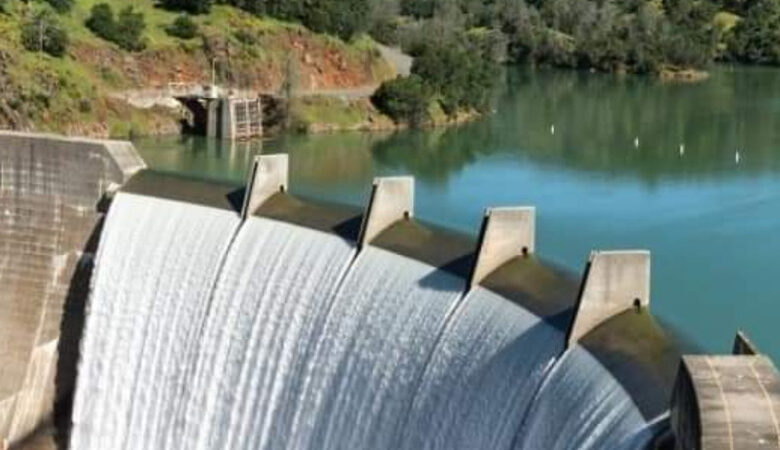Improving Water Reserves: The Sebou Hydraulic Basin at the Forefront

As of April 2, 2025, the dams managed by the Sebou Hydraulic Basin Agency (ABHS) report a filling rate of 51.81%, compared to 48.30% on the same date in 2024. With a storage volume of over 2.87 billion cubic meters (m³) of water, up from 2.68 billion m³ the previous year, this increase reflects a significant improvement in the management of water resources in the region.
These 11 dams position the Sebou Basin as the leading basin in the Kingdom in terms of water retention, ahead of the Loukkos and Bouregreg basins. The normal storage capacity of the Sebou Basin is 5.55 billion m³.
Nationally, the water reserves of Moroccan dams have exceeded 6.42 billion m³ as of the same date, representing more than 2 billion m³ more than last year. These reserves demonstrate effective management and improved water distribution, which are essential to support agricultural and industrial sectors.
Expanding Management
The Sebou Basin, covering an area of approximately 40,000 km², is home to 11 large dams and 51 small dams, along with hill lakes. This basin plays a crucial role in the agricultural and industrial economy of the Kingdom, significantly contributing to water production for irrigation and industry.
To meet the growing water needs, several dam projects are underway. Five new dams are under construction in the region, representing a total investment of 10 billion dirhams (MDH). Among them, the M’dez dam in the Sefrou province, with a capacity of 700 million m³, is nearly complete. The Ribat El Kheir dam in Sefrou (124 million m³) and the Koudiat Borna dam in Sidi Kacem (12 million m³) are also in the final stages of completion. Additionally, the Sidi Abbou dam (200 million m³) and the Ratba dam (1.9 billion m³) in Taounate province have completion rates of 87% and 33%, respectively.
Future Perspectives
The completion of these projects is expected to increase the total storage capacity of the Sebou Basin to 8.14 billion m³, up from the current 6.1 billion m³, representing an increase of over 2 billion m³. This expansion will enhance the basin’s resilience against climate fluctuations and ensure better water management for future generations.
The Ministry of Equipment and Water continues to invest in hydraulic infrastructure to support agriculture, industry, and domestic consumption, thereby ensuring sustainable water resource management.




